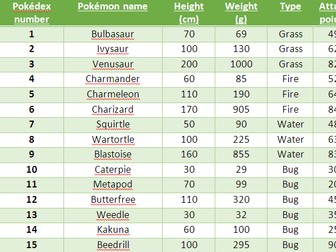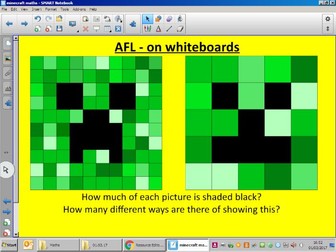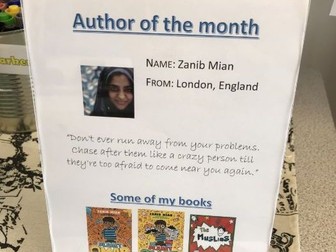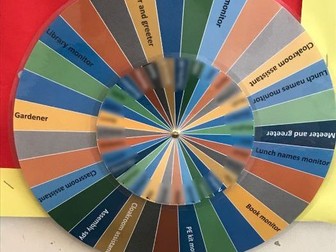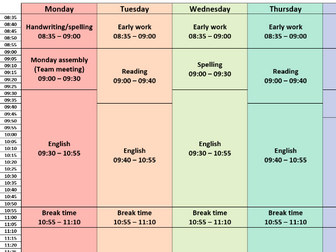
Year 5 Pokémon table interpretation
Produced to meet the "complete, read and interpret information in tables, including timetables" Year 5 curriculum objective without boring the children to death. The questions are differentiated ("A" being easiest, "C" being hardest). They can easily be adapted.
No familiarity with Pokémon whatsoever is required on the part of the teacher or the children. Enjoy!
